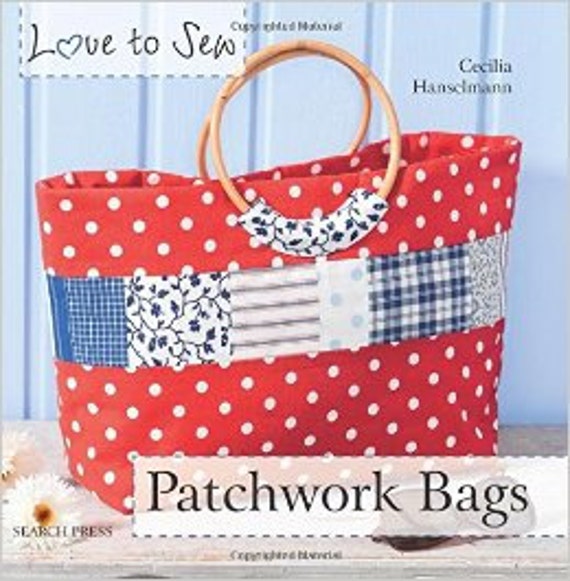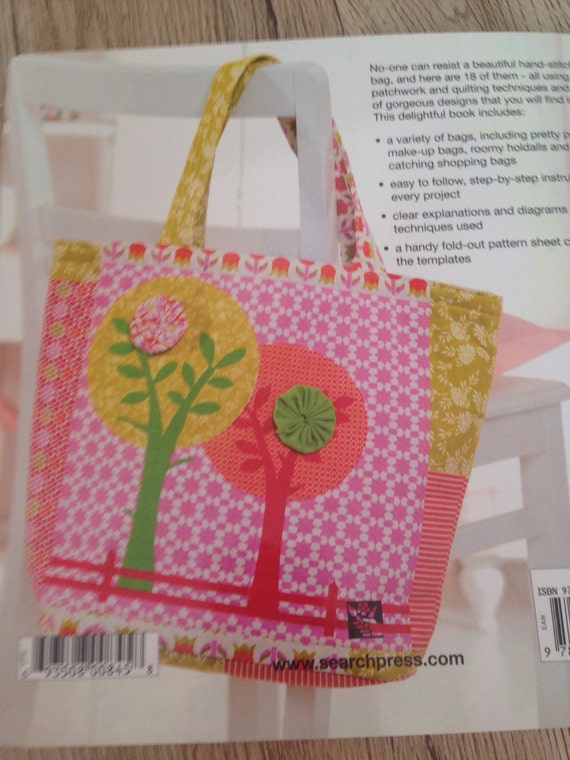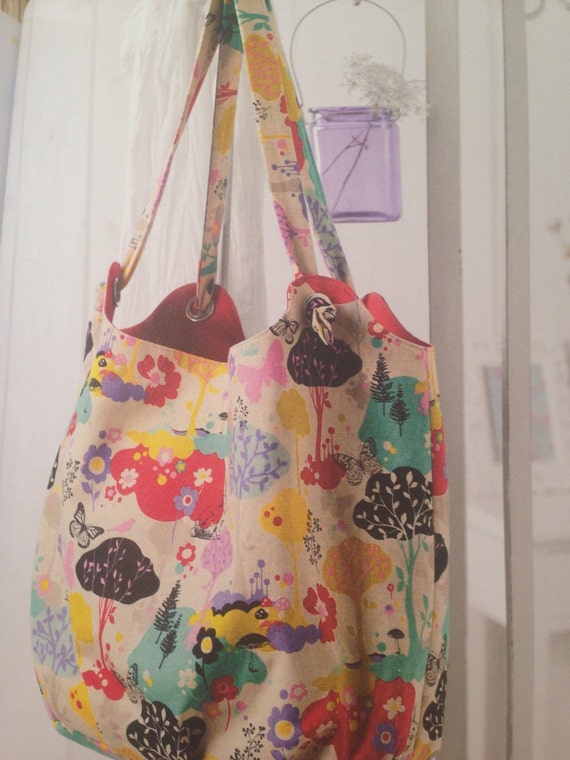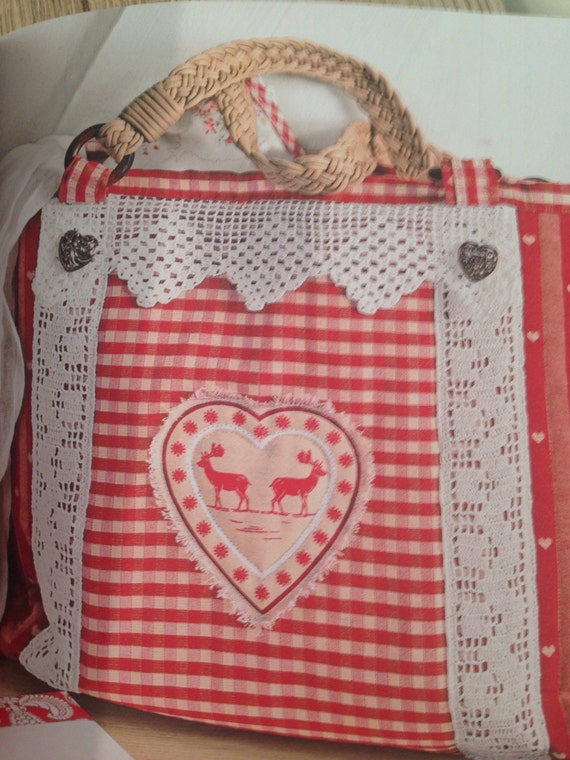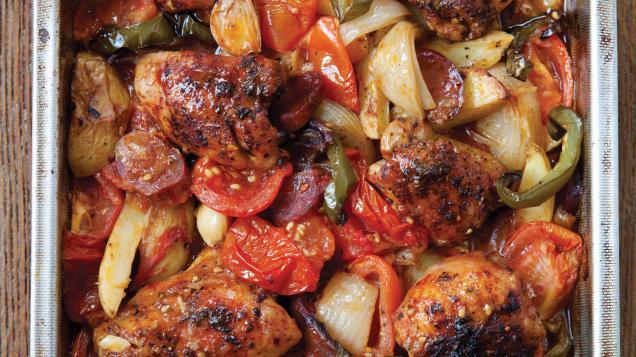What you’ll need to make all 3 things:
1/4 yard of fabric of each of the two colours
1/2 yard lining, any color you like
1 empty wipes case
felt
sewable velcro
ribbon/embellishments for wipes case
thread
hot glue gun
sewing machine
scissors
***Adjust quantities if you only want one diaper case.
***Also, measure your fabric and decide where you’re going to cut what, before cutting. You don’t want to waste fabric.
***Also, measure your fabric and decide where you’re going to cut what, before cutting. You don’t want to waste fabric.
First of all, I am using the Huggies brand diaper wipes portable case. (If you can’t find any at your local stores, here’s a LINK to some on Amazon.) Measuring along the top, down to the middle of each side, I decided that I needed pieces of fabric that were 9 x 5 inches. So the diaper case, if you’re not sewing strips together, is pretty fast and simple. Just cut out a piece for the top and bottom that are 9 x 5 inches and then skip the next part.
If you do want the strips, cut 3 pieces of 2 x 5 inch rectangles, in each color. So you have 6 strips total. Sew them together, using a 1/4 inch seam. Iron flat.
Now, cut out 2 pieces of felt that are 9 x 5 as well. Glue your piece of felt to the top of wipes case, being sure to center it in the very middle of the piece of felt, and then trim around the felt. The felt doesn’t need to go down the sides at all. It serves its purpose of covering up that center opening thingy (you know what I’m talking about?) and makes the top slightly softer. Also it hides the glue marks. Then hot glue your top piece (your stripped together piece or your plain one) on top of the felt.


TIP: Just glue a little bit at a time so that your glue is nice and hot while attaching the fabric to the felt, creating a secure hold. Trim this fabric as well, but a little longer, making sure that it almost reaches the middle of the sides. Do the same thing to the bottom.
And it’s okay if it’s not perfectly straight or doesn’t line up with the middle exactly. See look, here’s mine. Don’t try to perfect this part…..it’ll get covered up anyway.


Then attach a wide piece of ribbon to the top, making it just as long as the fabric. Then glue some thin ribbon around the upper and lower edge, hiding all of those edges of fabric (and your ends of wider ribbon). Take your time and only glue a little at a time, to make sure your are attaching your ribbon to HOT glue. This will help it stay in place permanently. Just don’t burn those little fingers. Ouch.


Oh yeah, glue (or you could hand stitch) some embellishments to the top. I added a fabric yo-yo from this project and a button. I’ve realized you can use these little yo-yo’s on anything. Cute.


















